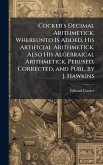"A New & Compleat Treatise of the Doctrine of Fractions, Vulgar & Decimal," by Samuel Cunn, first published in 1714, offers a comprehensive exploration of fractions, both vulgar (common) and decimal, as understood in the early 18th century. This treatise provides a detailed explanation of arithmetical principles and practices related to fractions, offering insights into the mathematical techniques employed during this period. In addition to its focus on fractions, the book includes an epitome of duodecimals-a system of calculation based on twelve-and an idea of measuring, showcasing practical applications of mathematical concepts in everyday life. This work is a valuable resource for those interested in the history of mathematics, early modern education, and the evolution of mathematical notation and methodology. Cunn's treatise reflects the intellectual curiosity and practical concerns of his time, making it a compelling read for historians, mathematicians, and anyone fascinated by the development of mathematical thought. This work has been selected by scholars as being culturally important, and is part of the knowledge base of civilization as we know it. This work was reproduced from the original artifact, and remains as true to the original work as possible. Therefore, you will see the original copyright references, library stamps (as most of these works have been housed in our most important libraries around the world), and other notations in the work. This work is in the public domain in the United States of America, and possibly other nations. Within the United States, you may freely copy and distribute this work, as no entity (individual or corporate) has a copyright on the body of the work. As a reproduction of a historical artifact, this work may contain missing or blurred pages, poor pictures, errant marks, etc. Scholars believe, and we concur, that this work is important enough to be preserved, reproduced, and made generally available to the public. We appreciate your support of the preservation process, and thank you for being an important part of keeping this knowledge alive and relevant.
Bitte wählen Sie Ihr Anliegen aus.
Rechnungen
Retourenschein anfordern
Bestellstatus
Storno

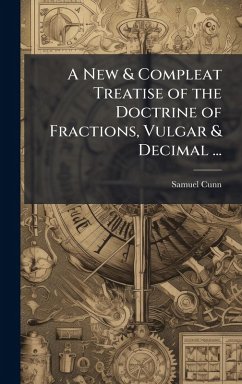
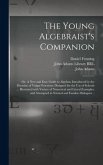
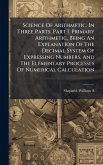
![Elementary Arithmetic in Decimal Currency Designed for the Use of Canadian Schools [microform] Elementary Arithmetic in Decimal Currency Designed for the Use of Canadian Schools [microform]](https://bilder.buecher.de/produkte/65/65502/65502436m.jpg)
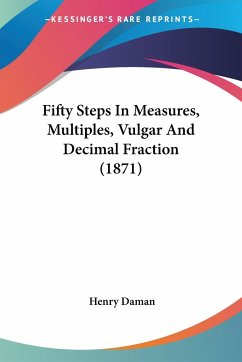

![Canadian Commercial Arithmetic [microform]: Comprising Over 3, 000 Problems and Examples ...: Also New Chapter on the Metric System of Measurement ... Canadian Commercial Arithmetic [microform]: Comprising Over 3, 000 Problems and Examples ...: Also New Chapter on the Metric System of Measurement ...](https://bilder.buecher.de/produkte/65/65627/65627975m.jpg)
